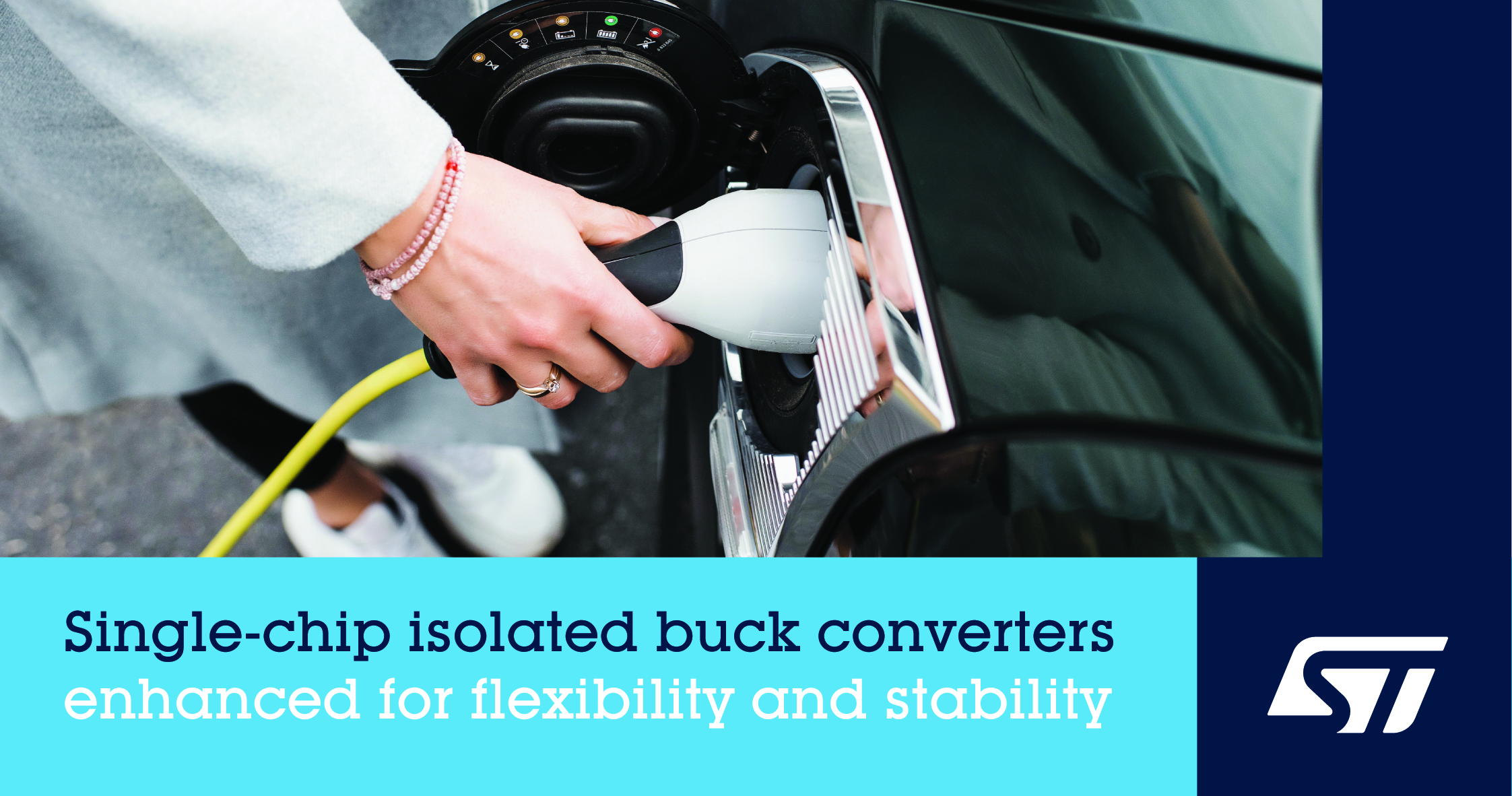 Optimized for isolated buck regulator designs, the STMicroelectronics A6986I and L6986I DC/DC converter ICs have a wide input-voltage range and low quiescent current to ensure robust and energy-efficient operation in automotive and industrial applications up to 5W.
Optimized for isolated buck regulator designs, the STMicroelectronics A6986I and L6986I DC/DC converter ICs have a wide input-voltage range and low quiescent current to ensure robust and energy-efficient operation in automotive and industrial applications up to 5W.The isolated buck topology drastically lowers the bill of materials in systems that require a regulated non-isolated primary voltage and one or more isolated secondary voltages. The secondary voltage is governed by the transformer turns ratio and no optocoupler is needed for regulation. Common uses include powering gate drivers for SiC MOSFETs and IGBTs that require asymmetrical isolated power rails and powering isolated interfaces such as RS-232, I2C, and SPI.
Typical applications for the AEC-Q100 Grade-1 qualified A6986I converters to include automotive On-Board Chargers (OBC) and Hybrid/Electric-Vehicle (H/EV) traction drives. The 100% duty-cycle capability and wide input-voltage range, from 4V to 38V, meet the cold-crank and load-dump specifications for automotive systems. The industrial-grade L6986I is ideal for motor drives, solar power-conditioning systems, uninterruptible power supplies (UPS), and welders.
The converters operate in forced-PWM mode with peak-current-mode control to regulate the primary output voltage. An extended negative current limit on the primary side gives extra flexibility to ensure suitable secondary current using a typical transformer coil ratio. The devices feature programmable soft-start to enhance reliability and pulse-by-pulse current sensing for constant-current protection in the primary side. A preset current-sense blanking time of 300ns filters oscillations generated by the transformer leakage inductance and ensures greater stability during high-side switching transitions. Over-voltage and thermal shutdown protection are built-in and there are external pins for synchronization and set the switching frequency.
Two evaluation boards are available to help accelerate the development of single- and dual-output automotive converters. The STEVAL-A6986IV1 comes with 18V and -4.5V isolated outputs. The STEVAL-A6986IV2 has a single 5V isolated output. Users can adjust these voltages with external components.
The industrial L6986I is priced from $1.00 and the automotive A6986I from $1.87, for orders of 1000 pieces. Both devices are in production now and available in a thermally enhanced HTSSOP-16 package. The evaluation boards are available now.

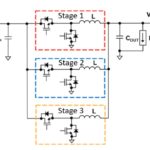
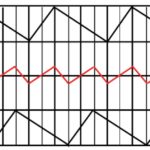
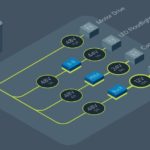
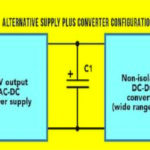

Leave a Reply